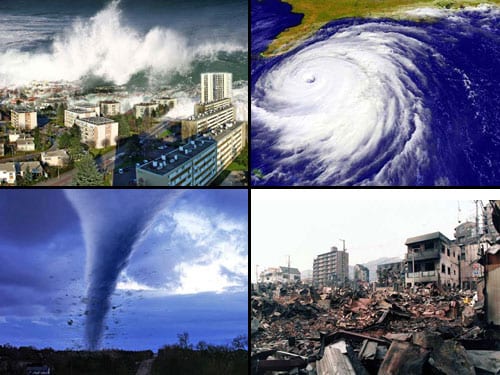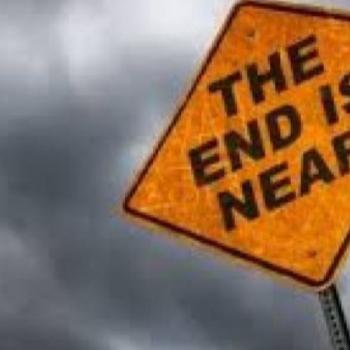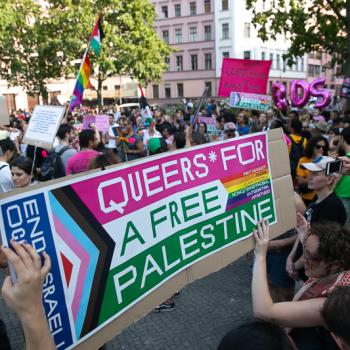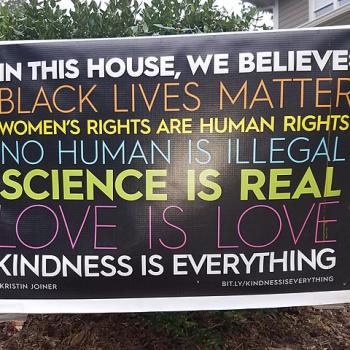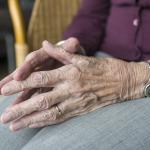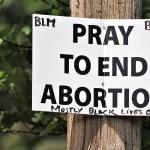You’re probably aware of the five stages of grief, which describes the various emotional states people go through when they experience the death of loved one, the prospect of one’s own death, some great loss, or some other kind of sorrow (denial, anger, bargaining, depression, acceptance).
Experts have also found that there are six phases of disaster, describing how individuals and communities respond to a disaster, such as a hurricane, tornado, catastrophic earthquake, wildfire, terrorist attack, or other natural or manmade catastrophe. Let’s apply them to the disaster that is the COVID-19 pandemic.
This information is from the U.S. Department of Health & Human Services. I’ll quote from the descriptions of each phase and offer my own thoughts and application to what we have been going through with the coronavirus:
Phase 1, the pre-disaster phase
Before the disaster strikes, but when it seems to be headed this way. (Some disasters, of course, strike without warning.) This would be when the weather report says that a hurricane is forecast for where we live or a tornado watch has been issued. This phase “is characterized by fear and uncertainty.” Specifically, “Disasters with no warning can cause feelings of vulnerability and lack of security; fears of future, unpredicted tragedies; and a sense of loss of control or the loss of the ability to protect yourself and your family. On the other hand, disasters with warning can cause guilt or self-blame for failure to heed the warnings.”
With the COVID-19 pandemic, this would describe the weeks leading up to March, when the “fear and uncertainty” were so great that officials imposed stay-at-home orders and a shutdown of the economy.
Phase 2, the impact phase
This would be when the disaster actually strikes. The hurricane makes landfall, the tornado hits, the volcano erupts, or the terrorists’ bombs go off. Or when you or someone you care about or large numbers of people actually come down with the coronavirus. “Reactions can range from shock to overt panic. Initial confusion and disbelief typically are followed by a focus on self-preservation and family protection.”
Phase 3, the heroic phase
People step up to help the afflicted. Neighbors dig survivors out of the rubble. First responders risk their lives to rescue victims of the disaster. The rest of us are inspired by this selflessness and concern for others. We celebrate our heroes. “During this phase, there is a sense of altruism, and many community members exhibit adrenaline-induced rescue behavior.”
Remember how last spring we honored not only the health-care professionals who ministered at great risk to themselves to coronavirus victims but also to the “essential workers” who kept the food supply and other essential services functioning, to the benefit of us all.
Phase 4, the honeymoon phase
There is “a dramatic shift in emotion. During the honeymoon phase, disaster assistance is readily available. Community bonding occurs. Optimism exists that everything will return to normal quickly [my bold]. As a result, numerous opportunities are available for providers and organizations to establish and build rapport with affected people and groups, and for them to build relationships with stakeholders.”
The shutdown eases! The economy is opening up again! People flock to bars and beaches!
Phase 5, the disillusionment phase
The virus comes back! The infection rate starts soaring again! We start blaming the politicians, both those who opened the country up too soon and those who want to shut everything down again.
During the disillusionment phase, communities and individuals realize the limits of disaster assistance. As optimism turns to discouragement and stress continues to take a toll, negative reactions, such as physical exhaustion or substance use, may begin to surface. The increasing gap between need and assistance leads to feelings of abandonment. Especially as the larger community returns to business as usual, there may be an increased demand for services, as individuals and communities become ready to accept support.
Some blame Trump for mishandling everything. Some blame the Democratic governors and mayors for mishandling everything. We are disillusioned with our leaders, with the experts, with the medical establishment, with the media, with the official information, with the information we get on the internet, with people who aren’t taking the epidemic seriously and those who are taking it too seriously. Our “discouragement and stress” are palpable. I would say that we are in the disillusionment phase right now.
Phase 6, the reconstruction phase
This “is characterized by an overall feeling of recovery. Individuals and communities begin to assume responsibility for rebuilding their lives, and people adjust to a new ‘normal’ while continuing to grieve losses.”
Please, Lord, may this phase come soon! It’s encouraging to consider that disasters run their course. If we can just hold on–though we don’t know exactly when (a vaccine in early 2021? eventually attaining herd immunity once enough people get infected? the virus suddenly dies out?)–we will reach “an overall feeling of recovery.”
Photos: “Amazing Natural Disasters,” no / CC BY-SA (https://creativecommons.org/licenses/by-sa/4.0) via Wikimedia Commons.


